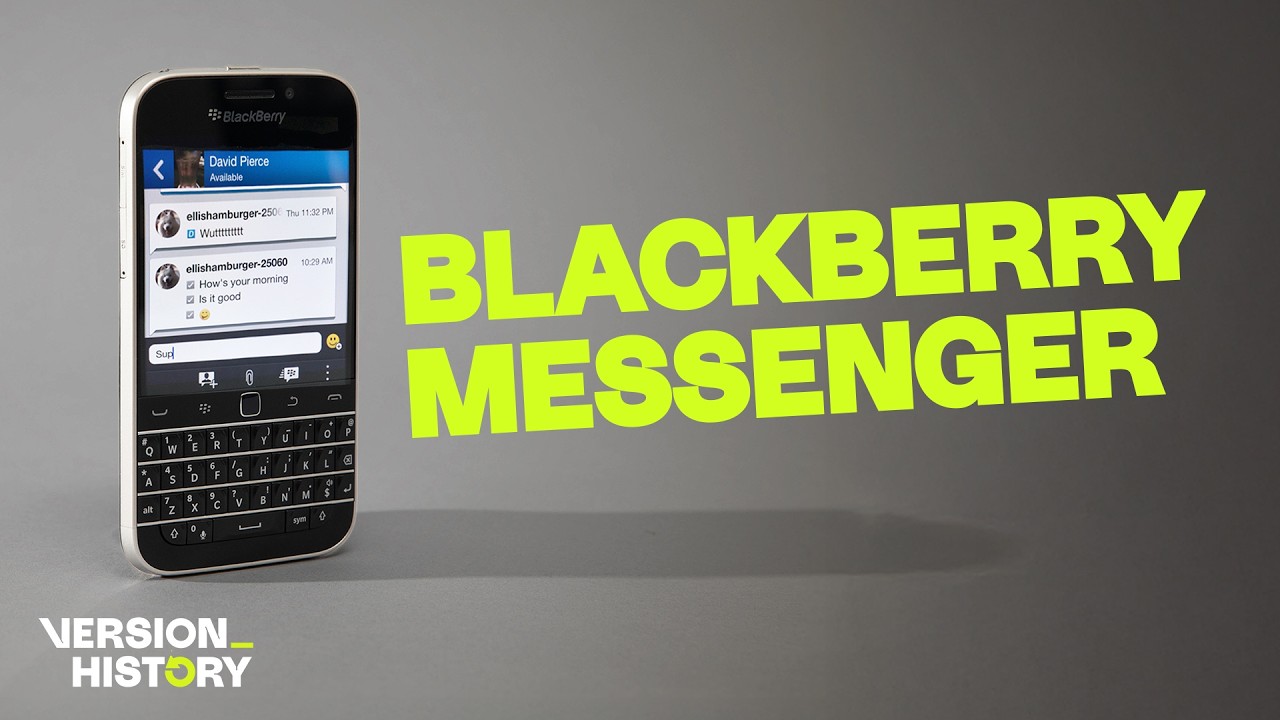
police are asking kids to stop pulling Law enforcement agencies are urging young pranksters to cease a troubling trend involving artificial intelligence that has resulted in unnecessary panic and resource strain on police departments.
police are asking kids to stop pulling
The Rise of AI-Driven Pranks
In recent years, the rapid advancement of artificial intelligence has opened up a plethora of creative avenues for individuals, particularly teenagers, to explore. While much of the focus has been on the implications of AI in politics, entertainment, and media, a new trend has emerged that raises significant ethical concerns. This trend involves children using AI tools to create hyper-realistic images of a disheveled, seemingly unhoused person in their homes, subsequently sending these images to their parents. The prank has gained traction on platforms like TikTok, where it has gone viral, drawing both laughter and concern.
The Mechanics of the Prank
The premise of the prank is deceptively simple. Utilizing Snapchat’s AI capabilities, children generate images of a grimy man appearing to be in their living spaces. They then concoct elaborate stories, claiming that they allowed this individual into their home to use the bathroom, take a nap, or even get a drink of water. Often, the fabricated narrative includes the man asserting that he knows the parents from work or college, adding an element of believability to the ruse.
As one might expect, the reactions from parents are often intense. Upon receiving these images and stories, many parents understandably panic, demanding that their children remove the supposed intruder from their home. The children, reveling in the chaos they’ve created, record their parents’ reactions and post the videos on TikTok, where some clips have garnered millions of views. The viral nature of these videos only encourages more children to partake in the prank, perpetuating a cycle of anxiety and confusion.
The Consequences of the Prank
While pranks are often seen as harmless fun, this particular trend has escalated into a situation that could have serious repercussions. The implications of such actions extend beyond mere annoyance; they can lead to significant legal and safety concerns.
Law Enforcement Response
The Round Rock Police Patrol Division has expressed serious concerns regarding the prank. Commander Andy McKinney highlighted that calls reporting a home invasion, especially those involving children, are treated as high-priority situations. When parents call the police believing their child is in danger, officers respond with urgency, often deploying multiple resources to address what they perceive to be a genuine threat. This not only diverts valuable police resources but also places the pranksters themselves in a precarious position.
In extreme cases, the prank could even lead to a SWAT response, as law enforcement must err on the side of caution when responding to potential threats. The consequences of such a response could be dire, not just for the pranksters but for law enforcement officers and innocent bystanders as well.
Community Impact
The ramifications of this prank extend beyond individual households. Police departments across various communities have reported an uptick in calls related to this specific prank, leading to a strain on their resources. The Salem, MA police department articulated the broader implications of such pranks in a statement, emphasizing that they dehumanize the homeless and cause unnecessary panic among the recipients of the prank. Officers responding to these calls are unaware that they are dealing with a prank, treating the situation as a legitimate burglary in progress.
This not only creates a potentially dangerous situation for everyone involved but also undermines the seriousness of actual emergencies. When police resources are tied up responding to false alarms, it can delay response times for genuine emergencies, potentially putting lives at risk.
The Ethical Considerations
This trend raises several ethical questions about the responsibilities of young people in the digital age. While pranks have long been a part of youth culture, the integration of AI technology complicates the landscape. The ability to create realistic images and narratives can easily blur the lines between reality and fiction, leading to unintended consequences.
Dehumanization of Vulnerable Populations
One of the most troubling aspects of this prank is its potential to dehumanize homeless individuals. By using AI to fabricate scenarios involving a homeless person, children may inadvertently contribute to harmful stereotypes and stigmas surrounding homelessness. The prank trivializes the struggles faced by those who are unhoused, reducing a complex social issue to mere entertainment.
In a society where empathy and understanding are crucial, such actions can foster a culture of insensitivity. The homeless community already faces significant challenges, including discrimination, lack of access to resources, and social isolation. By making light of their plight, these pranks can perpetuate harmful narratives that further alienate vulnerable populations.
Parental Responsibility and Guidance
As this trend continues to gain traction, it raises questions about parental oversight and guidance. Parents play a crucial role in shaping their children’s understanding of ethical behavior and the implications of their actions. Open discussions about the responsible use of technology, particularly AI, can help mitigate the risks associated with such pranks.
Parents should consider engaging their children in conversations about empathy, respect, and the potential consequences of their actions. By fostering an environment where children feel comfortable discussing their online activities, parents can help guide them toward more constructive forms of creativity that do not involve deception or harm.
Conclusion: A Call for Reflection
As technology continues to evolve, so too must our understanding of its implications. The rise of AI-driven pranks, particularly those that involve the potential for real-world consequences, calls for a collective reflection on the responsibilities of both young people and adults. While humor and creativity are essential aspects of youth culture, they should not come at the expense of empathy and understanding.
Law enforcement agencies, community leaders, and parents must work together to address the ethical concerns surrounding these pranks. By promoting awareness and encouraging responsible behavior, we can help ensure that technology is used as a tool for positive engagement rather than a source of anxiety and distress.
Source: Original report
Was this helpful?
Last Modified: October 13, 2025 at 1:39 am
0 views















